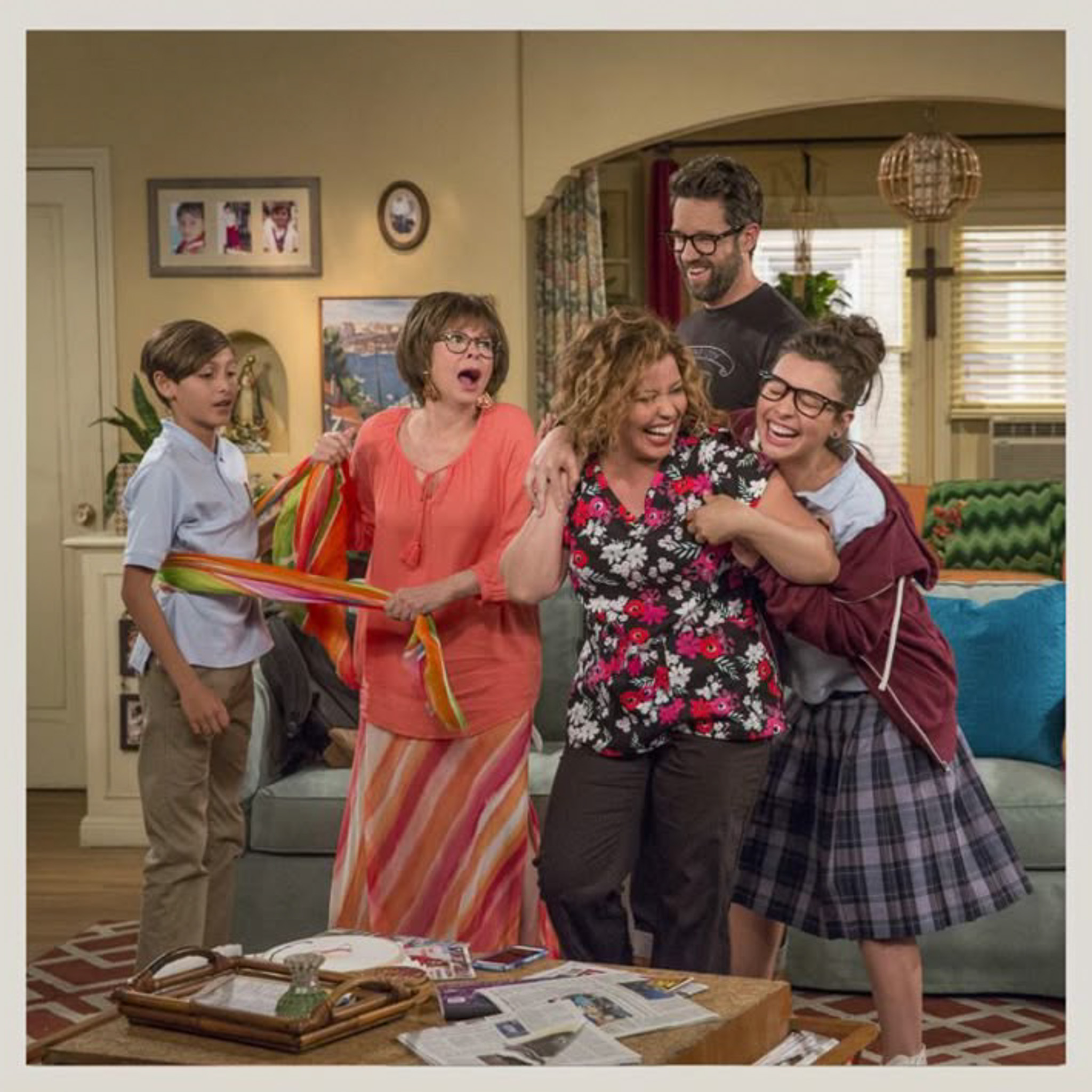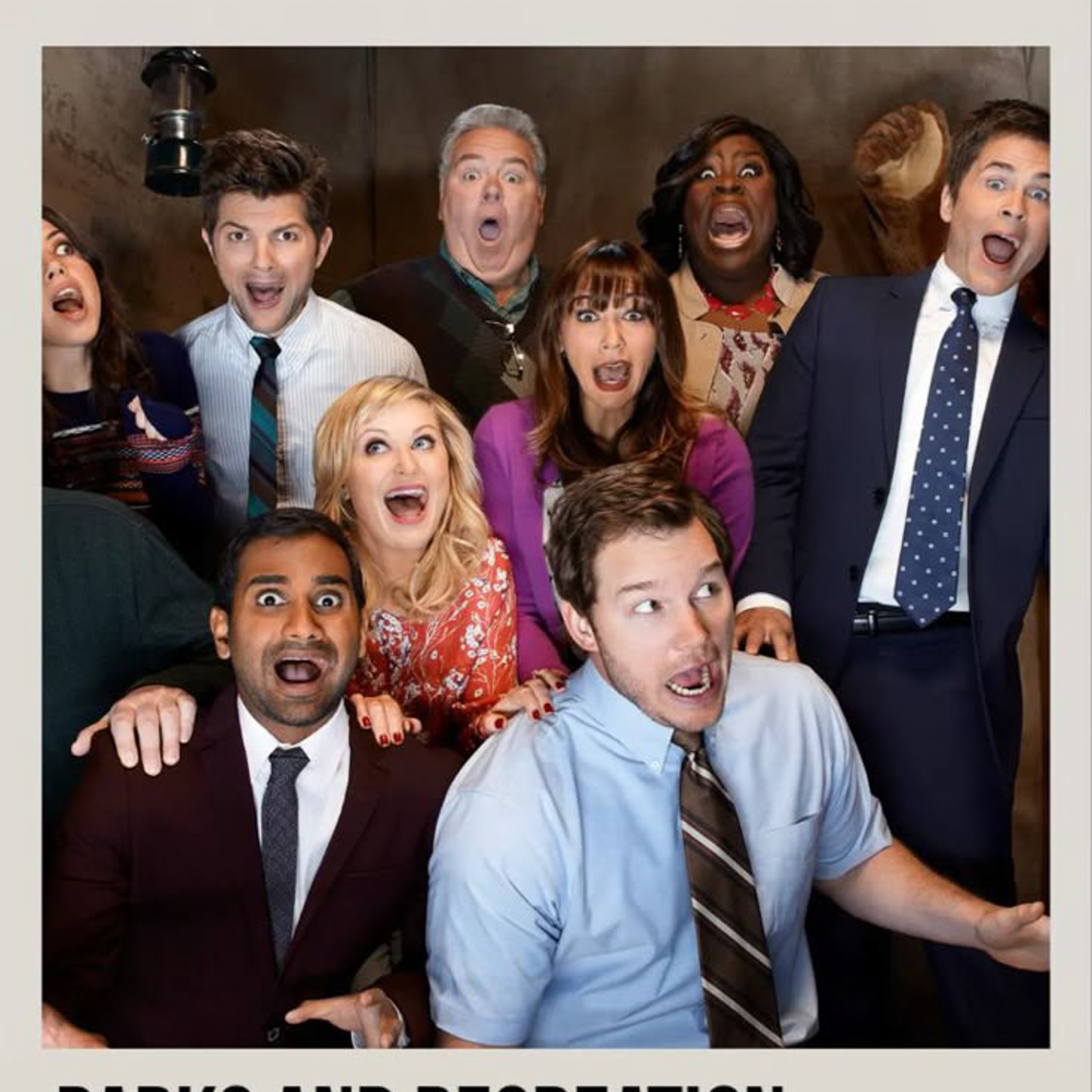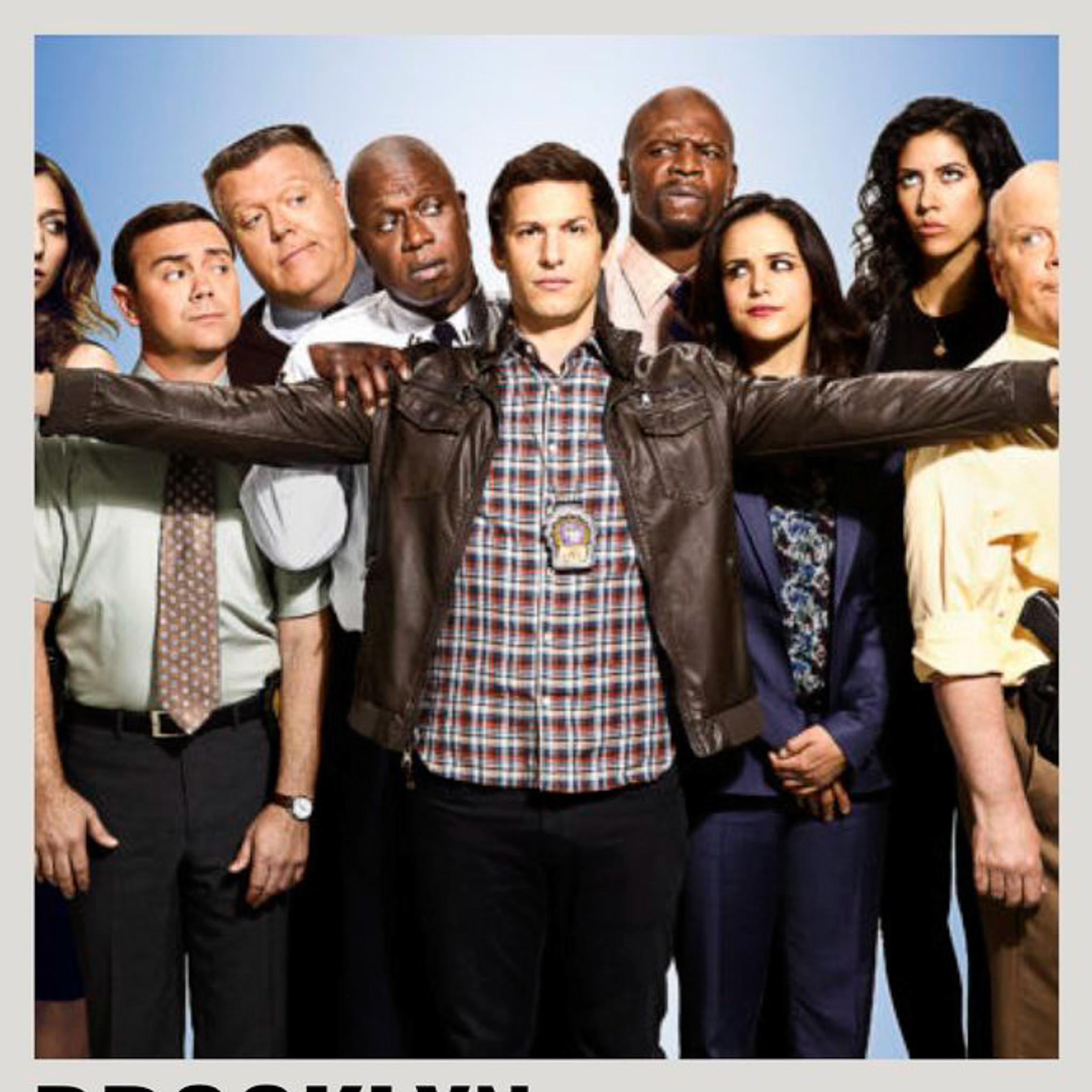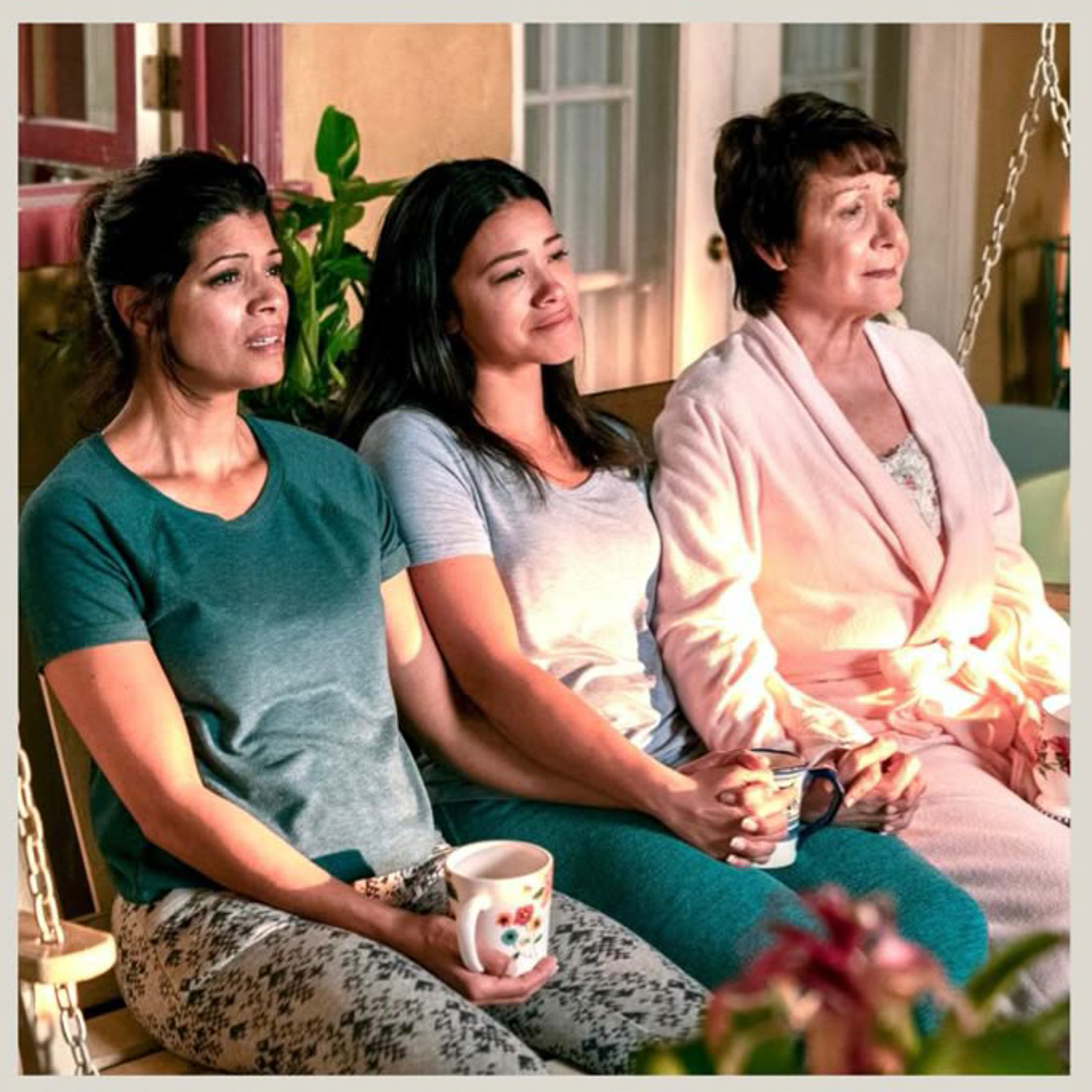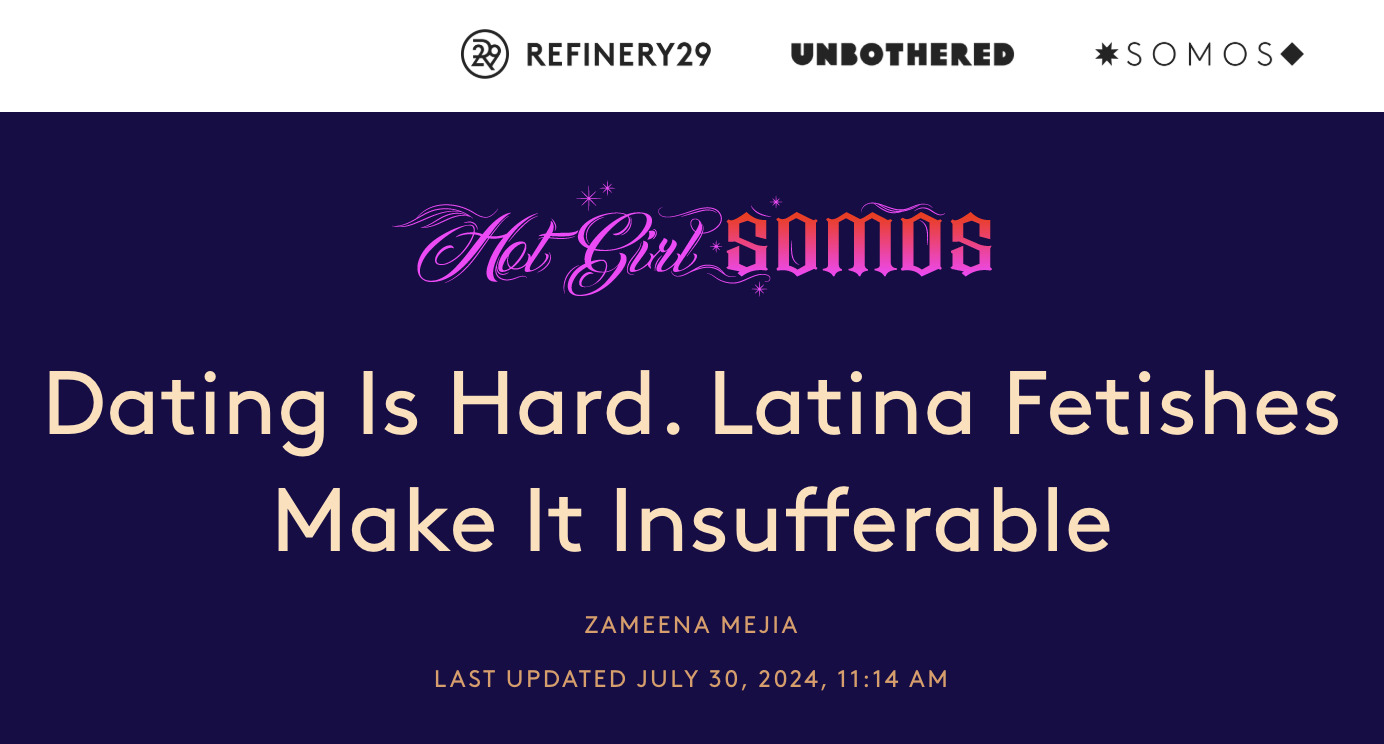Objectified and Overlooked
Beginings of Cinema
In the Golden Age of Cinema, there was barely any Latino/Hispanic representation on the big screen. When there were characters of those ethnicities, they were usually played by white actors, who would speak in a very heavy Spanish accent.
Spicy Latina Trope
"The Spicy Latina" trope originated in the 1930's and 40's.They were often portrayed as "exotic", "fiery" and "seductive". They always spoke in broken English, had dark hair, a curvatius body, fuller lips and an olive skin tone. In the 1950's, Latinos were a heavy subject of parody in the media, which lead them to be seen in a negative light and the women were still seen as sex objects. Towards the end of the 20th centry, a new archatype for Latinas in media was the "tough Latina", where she was still "fiery" and who grew up in "the rough parts of town" and who usually falls in love with a white guy who "saves" her.
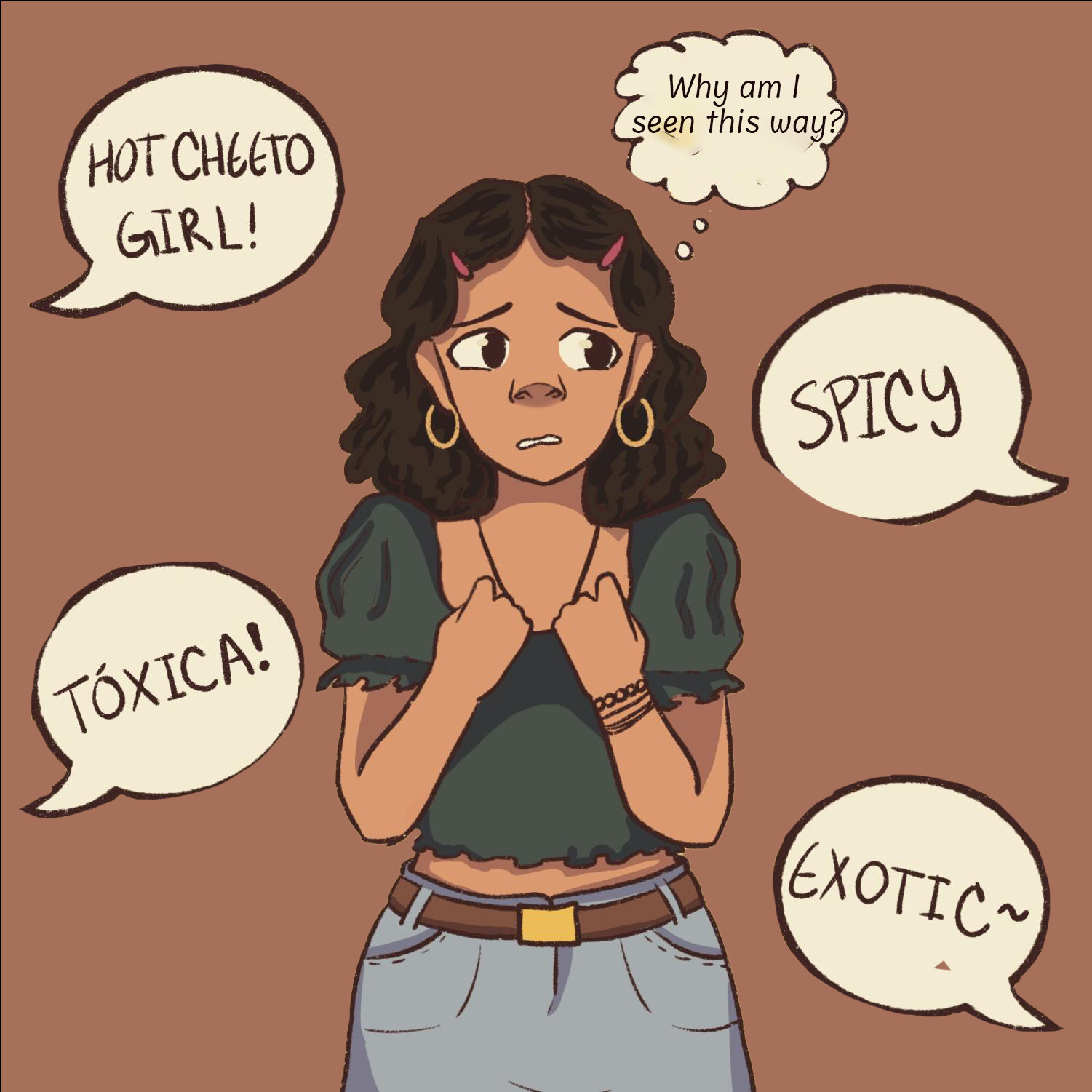

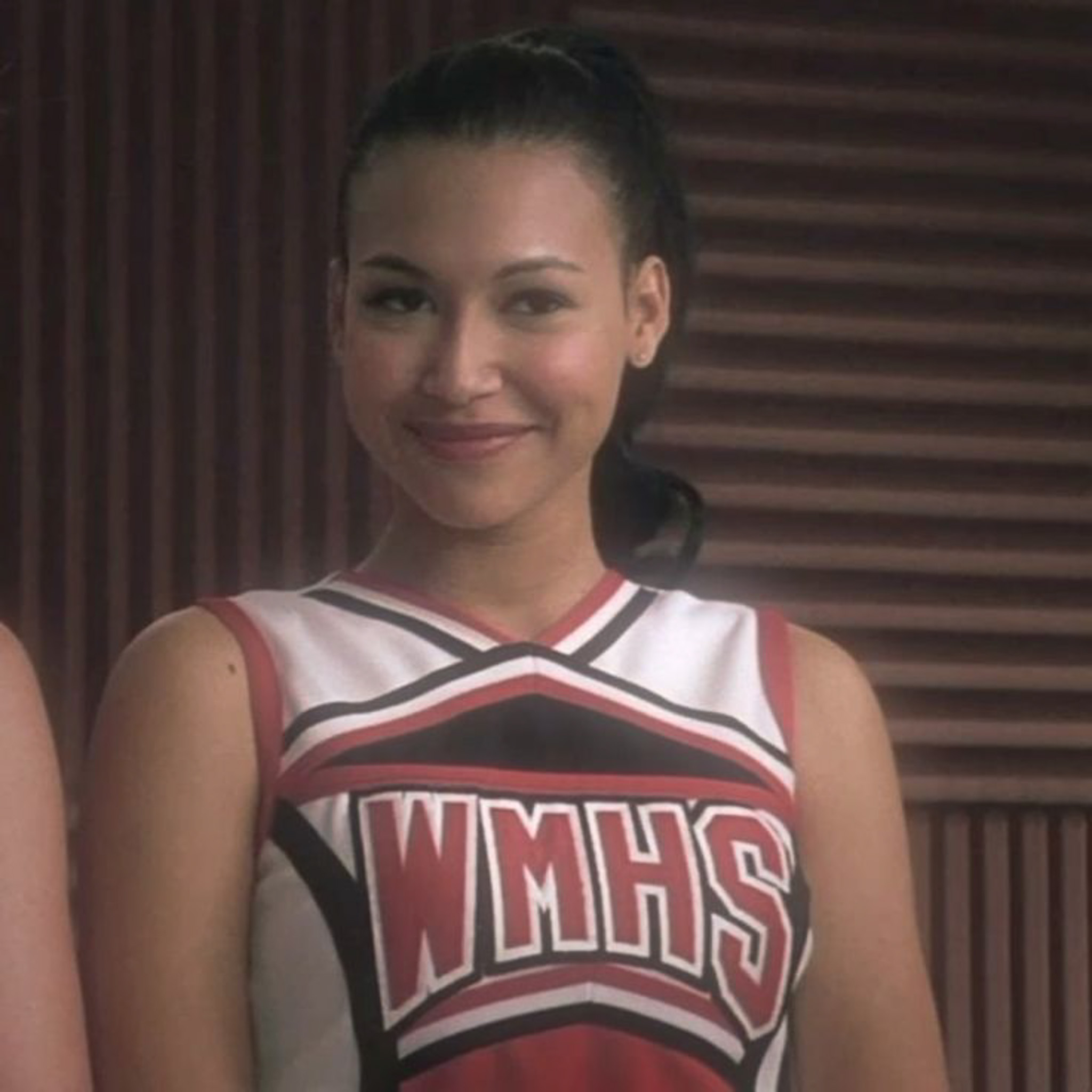

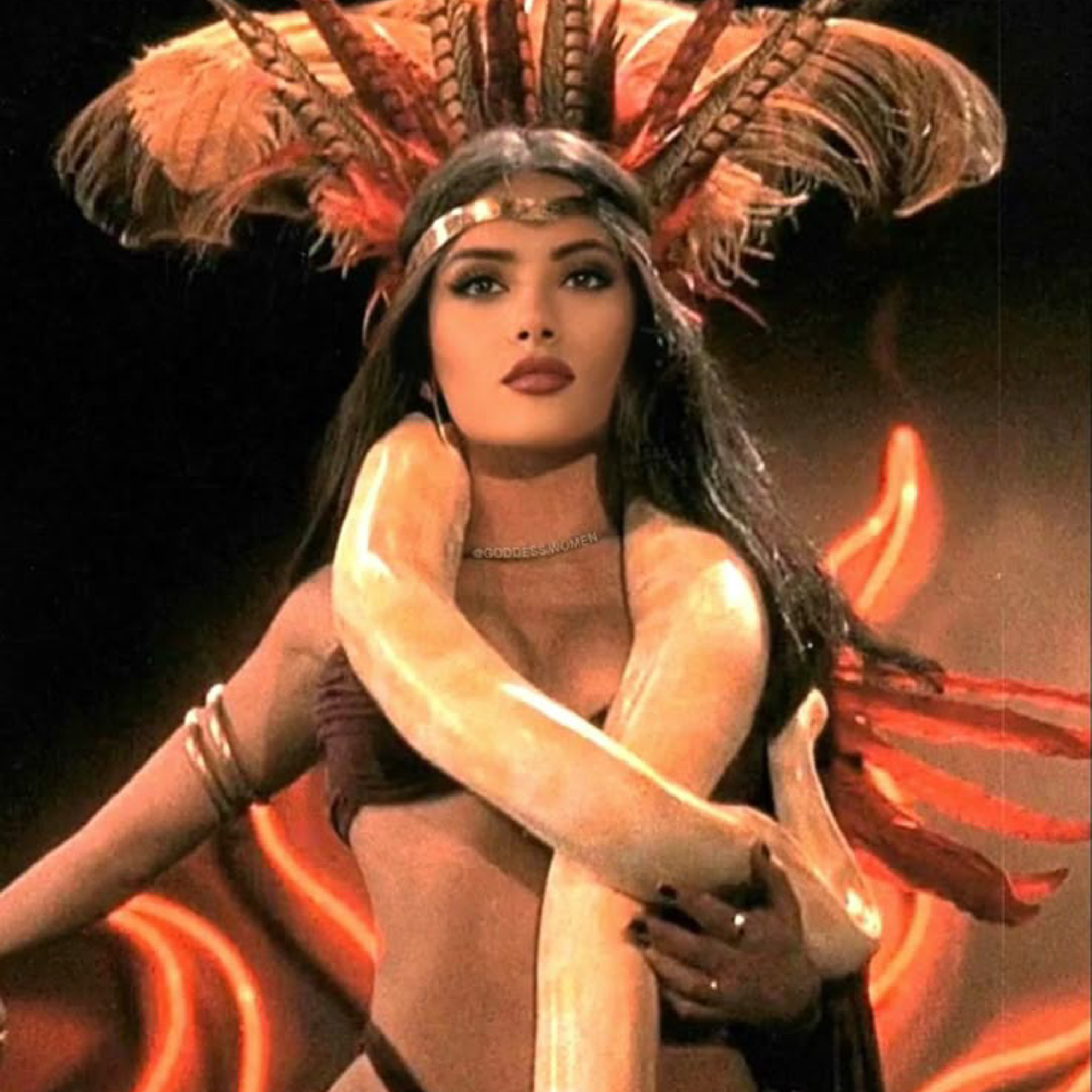
.jpg)
